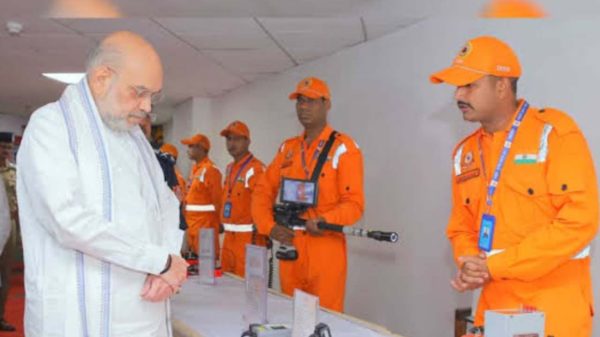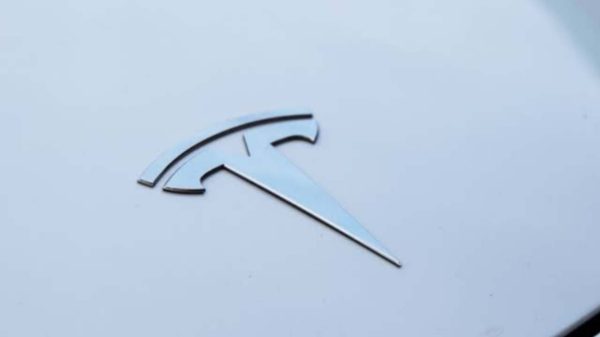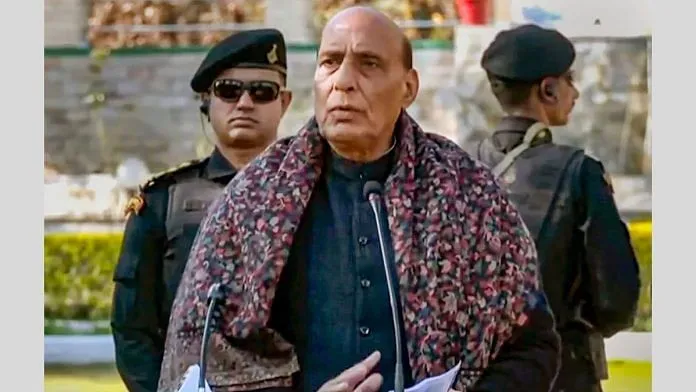In a significant step towards self-reliance in defence manufacturing, the Defence Research and Development Organisation (DRDO) on Wednesday handed over the Medium Range-Microwave Obscurant Chaff Rocket (MR-MOCR) to the Indian Navy. This achievement marks a major milestone in the development of a niche technology, Microwave Obscurant Chaff (MOC), which has the ability to obscure radar signals and create a microwave shield around platforms and assets, thereby reducing radar detection.
The MOC, developed by DRDO’s Defence Laboratory, Jodhpur, is a type of fibre with a diameter of a few microns and unique microwave obscuration properties. These special fibres are assembled in the medium range chaff rocket, which, when fired, forms a microwave obscurant cloud in space, spreading over a sufficient area and with adequate persistence time. This cloud creates an effective shield against hostile threats having Radio Frequency seekers, making it an essential component in the Indian Navy’s defence arsenal.

Defence Minister Rajnath Singh (Via Defence Minister Rajnath Singh/Twitter)
The Phase-I trials of MR-MOCR were successfully conducted from Indian Navy ships, demonstrating the MOC cloud’s blooming and persistence in space. The Phase-II trials further demonstrated a 90 per cent Radar Cross Section (RCS) reduction of an aerial target, which has been cleared by the Indian Navy. The MR-MOCR meets all the qualification requirements and has been successfully handed over to the Indian Navy.
Defence Minister Rajnath Singh praised DRDO and the Indian Navy on the successful development of MR-MOCR, terming it another step towards achieving Aatmanirbharta in defence. DRDO chief Samir V Kamat handed over the MR-MOCR to Director General of Naval Armament Inspection, Indian Navy Rear Admiral Brijesh Vashistha. Kamat also congratulated the Defence Laboratory, Jodhpur team for this significant achievement, which marks a major milestone in the development of indigenous defence technology.



































